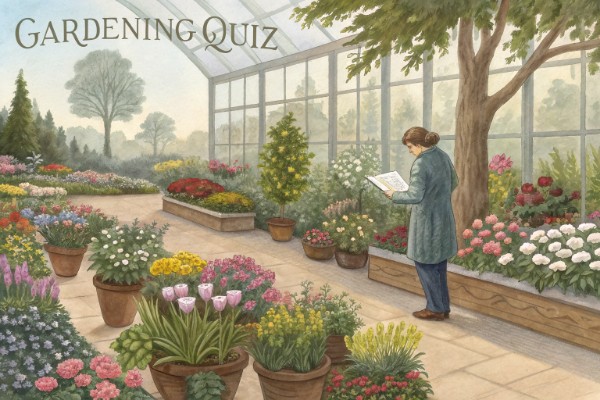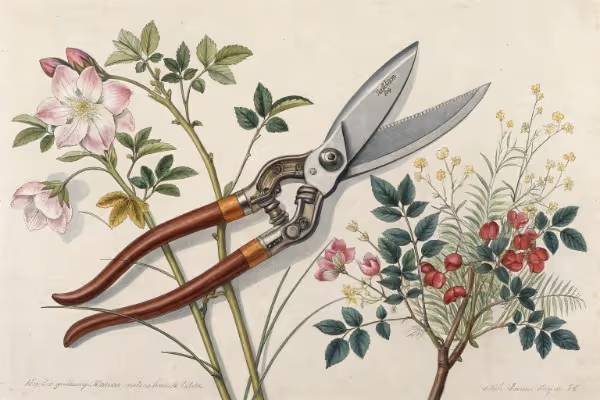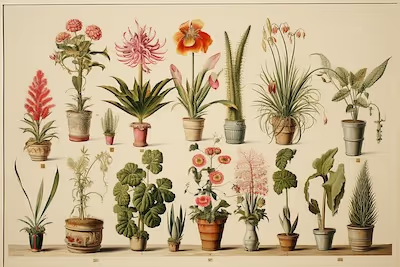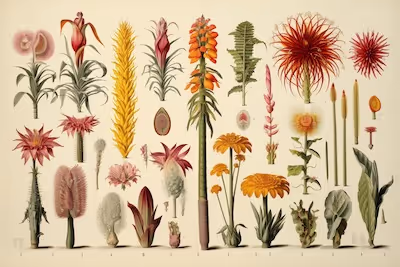Food Supply Chain: The Journey from Farm to Fork

Food Supply Chain
Understanding the food supply chain lets every gardener appreciate exactly how produce travels from farm to fork. Each edible bite follows a detailed path—from growers and harvesters to shipping operations and local markets—all before landing on your plate. By grasping how this food supply chain functions, you’ll pinpoint ways to plant smarter, garden sustainably, and savor each meal thoughtfully.
Cheatsheet: From Farm Fields to Family Tables
🚜 Farm
- Grow: Use diverse crops; boost soil health.
- Harvest: Pick at peak nutrition; fast post-harvest handling keeps nutrients high.
Gather crops at optimal ripeness. Handle gently to prevent bruising. Chill to 34°F/1°C within hours to lock in flavor and nutrition.
🏭 Processing & Packing
- Sort, clean, and package for transport safety. Sanitize tools to stop pathogens. Pre-cool reduces spoilage.
- Statistic: Fresh food loses up to 60% of vitamin C within 1 week if not chilled.
Wash, sort, and pack produce. Rapid-cool and seal. Label for traceability.
🚚 Transportation
- Cold chain trucks keep goods at 32–41°F/0–5°C. Avoid delays: each extra day cuts shelf life.
- Monitor humidity (90–95%) to reduce wilting.
Move food quickly using refrigerated vehicles. Log temperature regularly.
🏪 Distribution & Retail
- Store in optimal conditions. Rotate stock: first in, first out.
- Minimize shelf time—fresher = more nutrients.
Deliver to stores or markets. Keep items cool, dry, and tracked by batch for recall safety.
🍽️ Consumption & Self-Sufficiency
- Wash thoroughly before eating.
- Shorten the chain: buy local, grow your own—reduces nutrient loss and carbon footprint.
- Stat: Local food can have 10x less travel than supermarket produce.
- Boost your nutrition and food security by gardening or joining a CSA.
Rinse, prep, and enjoy. Store unused portions in airtight containers at 40°F/4°C or below.
🧰 Tools and Products You'll Need
- Fresh seeds/plants
- Pruners, harvesting knives
- Clean bins, crates, food-safe packaging
- Coolers/refrigeration
- Transport vehicles (preferably cold chain)
- Traceability labels/systems
- Food storage containers
Demystifying the Food Supply Chain: Understanding How Your Garden Fits the Bigger Picture
I vividly recall the first time I harvested heirloom tomatoes from my vegetable plot and wondered how long store-bought produce sat in transit before arriving on shelves. Turns out, understanding the food supply chain dramatically changed how I gardened and cooked.
What Exactly Is the Food Supply Chain, Anyway?
The food supply chain comprises the entire process food undergoes—from planting seeds and nurturing crops, through harvest, storage, transportation, processing, packaging, retail distribution, all the way to your plate. Each step adds a layer of complexity, effort, and yes, cost, to the food we buy and consume.
Why Gardeners Should Care About the Food Supply Chain
Gardening connects me intimately with seasonal cycles, soil quality, and fresh taste. Yet, my own plot produces only a fraction of what my family eats. Understanding how external food supplies move from farms to grocery shelves deepened my appreciation—and changed my planting choices too.
About 30–40% of fresh produce harvested globally is wasted before reaching consumers due to supply chain inefficiencies, according to the UN Food and Agriculture Organization.
This statistic hit me like a shovel to the boot. It inspired me to plant produce with longer shelf-lives and prioritize local, seasonal eating.
The Main Stages in the Food Supply Chain
- Production: Farmers select crops based on climate, soil conditions, and consumer demand. As gardeners, we know the thrill (and gamble) of choosing what to plant each season.
- Harvest & Post-harvest: Timing matters here. Produce picked too early lacks flavor, too late shortens shelf life. Proper harvesting and storage can prevent significant losses.
- Processing and Packaging: Fresh produce may undergo minimal processing—washing, sorting, packaging. But processed foods often travel even further, passing through multiple facilities and packaging stages.
- Distribution & Transportation: This step moves food from farms and processing plants to grocery shelves. Refrigeration trucks, shipping crates, and precise coordination keep our food edible across distances.
- Retail & Consumption: Stores and markets stock produce based on consumer demand, shelf-life, and profit margins. Consumer behaviors impact what's grown, how it's stored, and how far it travels.
Environmental and Health Implications Worth Considering
Increased transportation distances typically mean greater environmental impacts due to fuel consumption and carbon emissions. Foods often travel thousands of miles—lettuce from California to New York (roughly 2,900 miles / 4,667 km), for example—generating substantial carbon footprints.
Additionally, prolonged transportation and storage affect nutrient content and taste. Freshly harvested vegetables contain peak nutrients and bright flavors, qualities diminishing over long journeys.
How Can Gardeners Influence the Food Supply Chain?
While it might seem our small backyard patch doesn't impact the larger chain, collective gardening choices matter. Growing local varieties, preserving harvest surplus through canning or freezing, and supporting nearby farmers' markets encourage shorter and more sustainable chains.
Personally, I found heirloom seed saving an inspiring way to keep diverse, delicious crops alive while reducing reliance on distant suppliers. Many local communities even host seed swaps—social and sustainable combined.
Practical Gardening Tips Inspired by the Food Supply Chain
- Grow Hardy Varieties: Opt for crops known to withstand post-harvest storage and preservation methods, such as root vegetables and winter squashes.
- Practice Succession Planting: Regularly planting smaller batches throughout the season helps reduce waste and ensures fresh produce consistently.
- Join Community Agriculture Initiatives: Local farms, community-supported agriculture (CSA) programs, and food cooperatives shorten your food's journey, improving freshness and sustainability.
Every gardening decision ripples across the broader food supply chain, affecting sustainability, nutrition, and even your local economy.
Gardening personally taught me to appreciate food beyond mere sustenance. Recognizing its trajectory from seed through store shelves makes every crunchy cucumber or tangy tomato taste even sweeter.
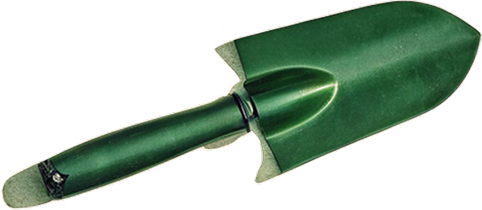
Want smarter plant choices? 🪴
Frequently Asked Questions about the Food Supply Chain
What steps does fresh produce go through before reaching local markets?
Fresh produce moves through several well-defined stages in the food supply chain. After growers harvest fruits and vegetables, the produce undergoes sorting, cleaning, and packing. Next, refrigerated transport carries items to wholesalers and regional distribution facilities. Finally, local markets receive shipments, allowing shoppers to select garden-fresh items ready for their kitchens.
How does understanding seasonality enhance my gardening practices and support sustainable food sourcing?
Recognizing seasonality deepens gardening expertise and encourages sustainable food consumption. Planting crops aligned with their natural growing seasons reduces reliance on long-distance shipping and refrigeration. This practice shortens the food supply chain, reducing energy usage while increasing the freshness and nutritional quality of your harvest.
How do organic gardening methods influence sustainability in the broader food supply chain?
Employing organic gardening techniques positively impacts sustainability within the broader food supply chain. Practices such as composting, crop rotation, and beneficial insect attraction reduce chemical usage and foster soil health. Healthier soils yield resilient gardens, lessening dependency on external inputs and decreasing environmental stress downstream in food distribution.
What role does local gardening play in shortening the food supply chain?
Local gardening significantly shortens the food supply chain by cultivating produce closer to consumption points. This proximity reduces transportation distances, fuel consumption, and associated carbon emissions. Additionally, gardens situated near communities provide produce at peak freshness and nutritional content, enhancing both environmental benefits and food quality.
How can individual gardeners contribute to minimizing food waste along the food supply chain?
Gardeners actively reduce food waste within the food supply chain by growing and harvesting only the produce needed, preserving surplus items, and composting leftover plant material. These efforts help minimize food waste transported to landfills, thereby reducing methane emissions and promoting a closed-loop nutrient cycle in gardens.
What are the best practices in home gardening to ensure produce safety throughout the supply chain?
Maintaining produce safety begins in the garden. Gardeners should regularly sanitize gardening tools, practice proper hand hygiene, and use clean water sources for irrigation. Promptly refrigerating harvested fruits and vegetables at optimal temperatures—typically between 35-40°F (2-4°C)—preserves freshness and reduces contamination risks as produce continues through the food supply chain.
The food supply chain stretches far beyond fields and supermarkets—it's a living system, shaped by hands, weather, and every choice we make. Each tomato or carrot owes its flavor to farmers, transporters, shippers, and you, the one who brings it to the table. Transparency and sustainability in this chain mean fresher meals and a healthier planet.
If you’re hungry for more control and flavor, start with your own patch of soil. Growing food at home doesn’t just connect you to the earth—it trims the chain, letting you savor every step from seed to plate. No matter the size, every garden plants you deeper in the story of your food.
The Homesteader's Food Supply Chain: Smart Practices for Self-Sustained Nutrition
Crop Selection for Nutritional Efficiency
- Legumes: Fix nitrogen, replenish soil fertility, and provide protein-rich nutrition (beans, lentils, peas).
- Root crops: Extend storage and nutritional value (potatoes, carrots, onions).
- Leafy greens: Fast-growing sources of vitamins and iron (spinach, kale, Swiss chard).
Optimized Storage Methods
- Root cellar: Maintain stable temperatures between 32-40°F (0-4°C), humidity around 85-95%.
- Dehydration: Safely preserve herbs, fruits, vegetables at temperatures around 125-140°F (52-60°C).
- Canning: Pressure and water-bath methods effectively extend shelf-life of produce without refrigeration.
Healthy Livestock Integration
- Chickens: Eggs, meat, pest control, manure fertilizer—easy feed conversion rate (approx. 2 lbs feed per 1 lb weight gain).
- Goats: Dairy production (milk high in calcium, protein, vitamin A), adaptable diet including weeds and brush.
- Rabbits: Rapid reproduction, lean protein source high in omega fatty acids, efficiently convert feed to meat.
Localizing Seed Sources and Composting
Invest in heirloom varieties adapted to local climates. Compost kitchen scraps and animal manure to replenish nutrients naturally, reducing dependency on external fertilizer sources.
Community Collaboration
Exchange surplus harvest, seeds, and livestock breeds with neighbors to diversify food options, nutritional intake, and ensure resilience through mutual dependency.
Find out which plants will thrive in your garden!
Answer a few fun questions and get custom plant recommendations perfect for your space. Let’s grow something amazing together!

start your season


